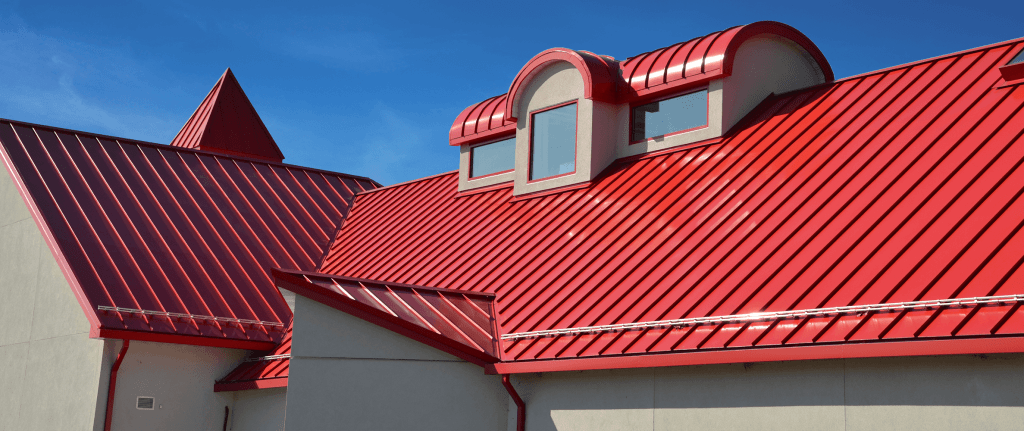The choice of roofing material plays a vital role in the longevity of your home’s roof. But have you ever wondered about the average lifespan of a metal roof? In this article, we’ll delve into the subject of “What Is the Average Lifespan of a Metal Roof” and provide valuable insights to help you understand, maintain, and extend the life of your roof.

The Significance of Understanding Metal Roof Longevity
Knowing the expected lifespan of a metal roof is crucial for several reasons:
1. Investment Protection
Understanding how long your metal roof is likely to last helps you protect your investment. You can make an informed decision when choosing roofing materials and budgeting for future roof replacements.
2. Maintenance Planning
The average lifespan of a roof informs your maintenance and repair schedule. Knowing when your roof might require attention can prevent unexpected issues and costly repairs.
3. Resale Value
If you plan to sell your home, prospective buyers often consider the condition and remaining lifespan of the roof. A longer-lasting metal roof can be an attractive selling point.
4. Sustainability
Metal roofs are known for their durability, which contributes to a reduction in the environmental impact associated with frequent roof replacements.
The Average Lifespan of a Metal Roof
So, what is the typical lifespan of a metal roof? The average lifespan of a well-maintained metal roof is between 40 to 70 years. However, various factors can influence the longevity of your metal roof. These factors include:
1. Metal Type: Different types of metal roofing materials have varying lifespans. For example, steel roofs tend to last around 40-70 years, while copper and zinc roofs can last over a century.
2. Coating: The type and quality of coatings applied to the metal roofing can significantly impact its lifespan. Properly coated metal roofs are more resistant to corrosion and weathering.
3. Installation: The skill and expertise of the roofing contractor during installation play a crucial role in the roof’s longevity. A well-installed metal roof is more likely to reach the upper end of its expected lifespan.
4. Maintenance: Regular maintenance, including inspections and repairs, can extend the lifespan of a metal roof. Keeping the roof clean and addressing issues promptly can prevent premature deterioration.
5. Climate: The climate in your region can also affect the lifespan of a metal roof. Areas with extreme weather conditions, such as heavy snowfall, hail, or high humidity, may experience more wear and tear.
Tips to Extend the Lifespan
To ensure your roof reaches or exceeds its expected lifespan, consider the following tips:
1. Regular Inspections: Schedule routine inspections to identify and address any issues before they escalate.
2. Cleaning: Clean your roof periodically to remove dirt, debris, and organic matter, which can promote corrosion.
3. Repairs: Address any damage or issues promptly. Prompt repairs can prevent small problems from becoming major ones.
4. Coating Maintenance: If your metal roof has a protective coating, ensure it is maintained and reapplied as needed to maintain its effectiveness.
5. Professional Maintenance: Consider hiring a professional roofing contractor for maintenance and repairs to ensure the job is done correctly.
6. Gutter Maintenance: Keep your gutters clean and free of debris to prevent water backup and potential roof damage.
Conclusion
Understanding “What Is the Average Lifespan of a Metal Roof” is essential for homeowners who want to protect their investment and ensure the long-term durability of their roofs. While metal roofs are renowned for their longevity, proper maintenance and care are key to maximizing their lifespan. By following the tips outlined in this article, you can enjoy the benefits of a durable and long-lasting metal roof for decades to come.



Leave a Reply